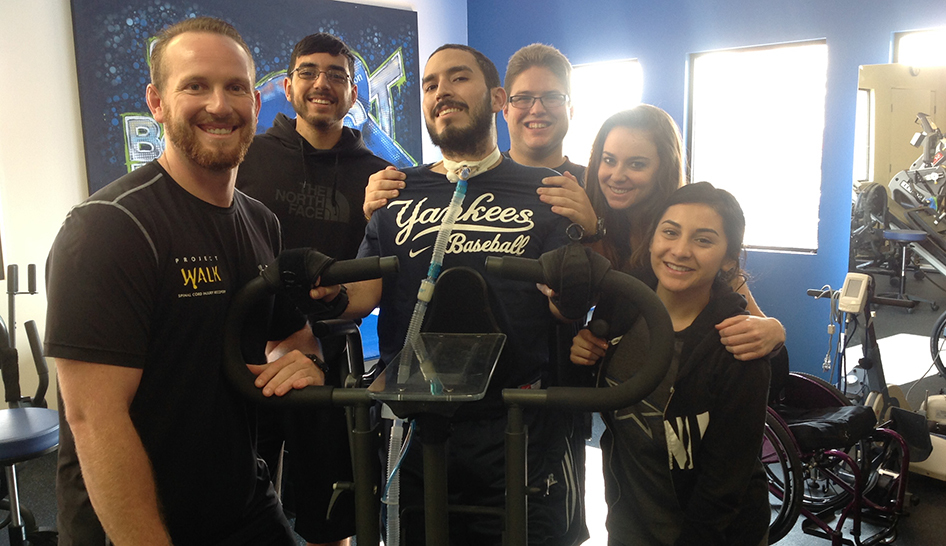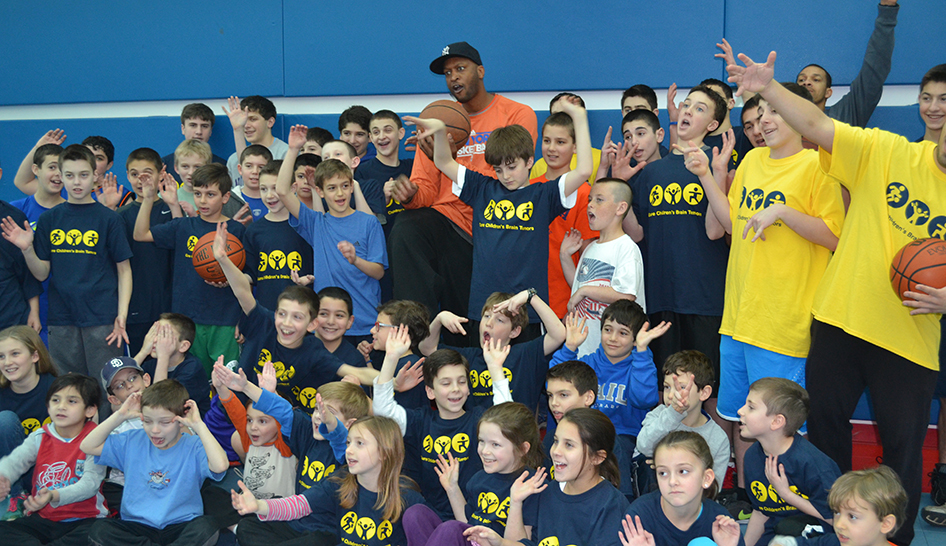At the heart of every health club business lies the desire to help people. It’s ingrained into each one of your business models, services, and daily operations—whether you’re aware of it or not.
This defining factor allows each club operator to provide welcoming environments for all kinds of people. It also positions you to create specialized routines that bring exercise and healthy habits to everyone who walks through your doors—including long-time fitness enthusiasts, first-time exercisers, and even those seeking opportunities to manage disabilities and take control of their wellbeing.
As we learn more about the prevalence of chronic conditions and disabilities, many fitness businesses are bringing access to exercise and healthy habits to special populations to help affected individuals better manage their health.
Various club owners and staff members have already begun implementing programs to service members with disabilities. Mike Alpert, president of the Claremont Club, Amanda Brown, youth director at Newton Athletic Club (NAC), and Mark Cuatt, R.D., EP-C, and general manager at Club Fit, spoke about their personal experiences and advice for running effective programs to IHRSA 2018 attendees during their panel, “All Inclusive: Implementing Programs for People with Disabilities.” Here are some of their most valuable tips for newcomers to this programming arena.


